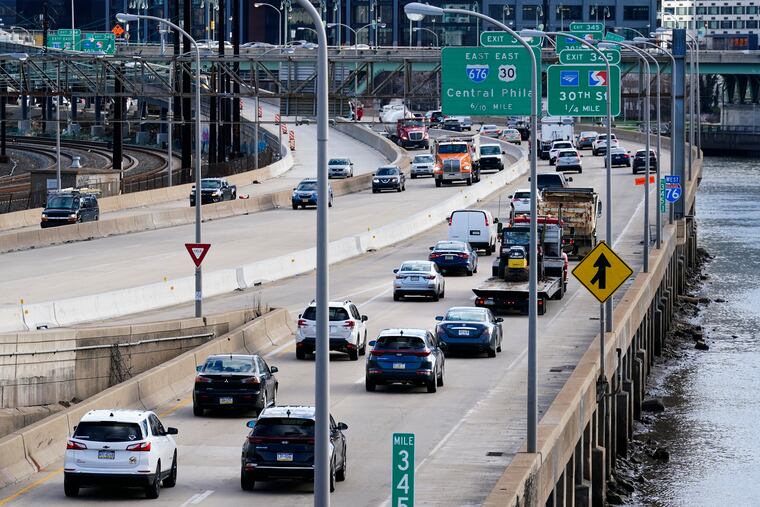Pa. should expand automated speed enforcement, not the use of police radar | Opinion
Automated speed enforcement has a proven track record of reducing crashes.

Pennsylvania stands out as the only state to prohibit the use of radar for speed enforcement by local police. A bill in the state House (HB 606) to allow local radar-based enforcement sailed out of the House Transportation Committee in Harrisburg with bipartisan support in mid-March.
This might seem like good news for transportation safety advocates, as 2020 was the most deadly on America’s roads in more than a decade, and we know that vehicle speed is a top culprit in deadly crashes and pedestrian deaths. However, in the context of our national reckoning with racial injustice, this bill is nothing to celebrate. Adding yet another way for police to potentially target minority drivers is deeply problematic, particularly when automated speed enforcement is a proven technology. While Pennsylvania desperately needs speeding enforcement, we need not rely on it happening only when an officer is available or give the police yet another tool for racial profiling, increasing the potential for unjust and sometimes deadly interactions.
The evidence showing that Black and Hispanic drivers are disproportionately targeted while driving is indisputable. The Stanford Open Policing Project looked at nearly 100 million traffic stops conducted from 2011 to 2017, finding that police stopped and searched Black and Hispanic drivers on the basis of less evidence than used in stopping white drivers, who are searched less often but are more likely to be found with contraband. The same study found that at night, when officers presumably couldn’t see the race of vehicle occupants, stops of Black drivers declined 5% to 10%. A 2015 Washington Post study found that traffic stops are among the most common circumstances where unarmed Black people are victims of police gunfire. In Philadelphia, it was recently revealed that a police captain issued a memo urging officers to use motor vehicle stops as a pretext for searches to avoid oversight. For police officers, traffic stops are, in fact, among the highest-risk activities they can undertake.
Automated speed enforcement has a proven track record of reducing crashes. Currently, 158 communities in the U.S. use automated speed enforcement. In Pennsylvania, speed cameras are authorized on highway work zones and Roosevelt Boulevard in Philadelphia. On Roosevelt Boulevard, one of the most dangerous roads in the city and the whole country, speed cameras started issuing tickets to vehicles going more than 11 mph over the speed limit in July. It’s too soon to understand the full impact in Philadelphia, but evidence from across the U.S. and the globe shows that this type of enforcement can provide the safety benefit to communities without the risk to citizens and law enforcement.
Dozen of peer-reviewed studies have found that speed cameras can sustainably reduce crashes. The best-controlled studies suggest injury crash reductions are likely to be in the range of 20%-25% when speed cameras are in place. A study of speed cameras in New York City found that speeding in sites with cameras plummeted 71.5%, and injuries have dropped nearly 17%. Drivers learned their lesson in New York, with two-thirds of drivers receiving a speed camera violation not receiving another in the same calendar year. Many countries amplify the impact of automated enforcement with sliding scale fines that are tied to a violator’s income, ensuring that fines are impactful without being financially destabilizing. Famously, a Nokia executive in Finland was fined more than $100,000 for speeding.
Pennsylvania communities deserve safe streets. The legislature should be expanding the use of automated enforcement beyond Roosevelt Boulevard and work zones to the entire commonwealth, instead of promoting vehicle stops, known to disproportionately target Black and Hispanic drivers, through the use of radar-based enforcement. It’s common sense and keeps all Pennsylvanians safer.
Andrew Stober was the chief of staff of Mayor Michael Nutter’s Office of Transportation and Utilities.